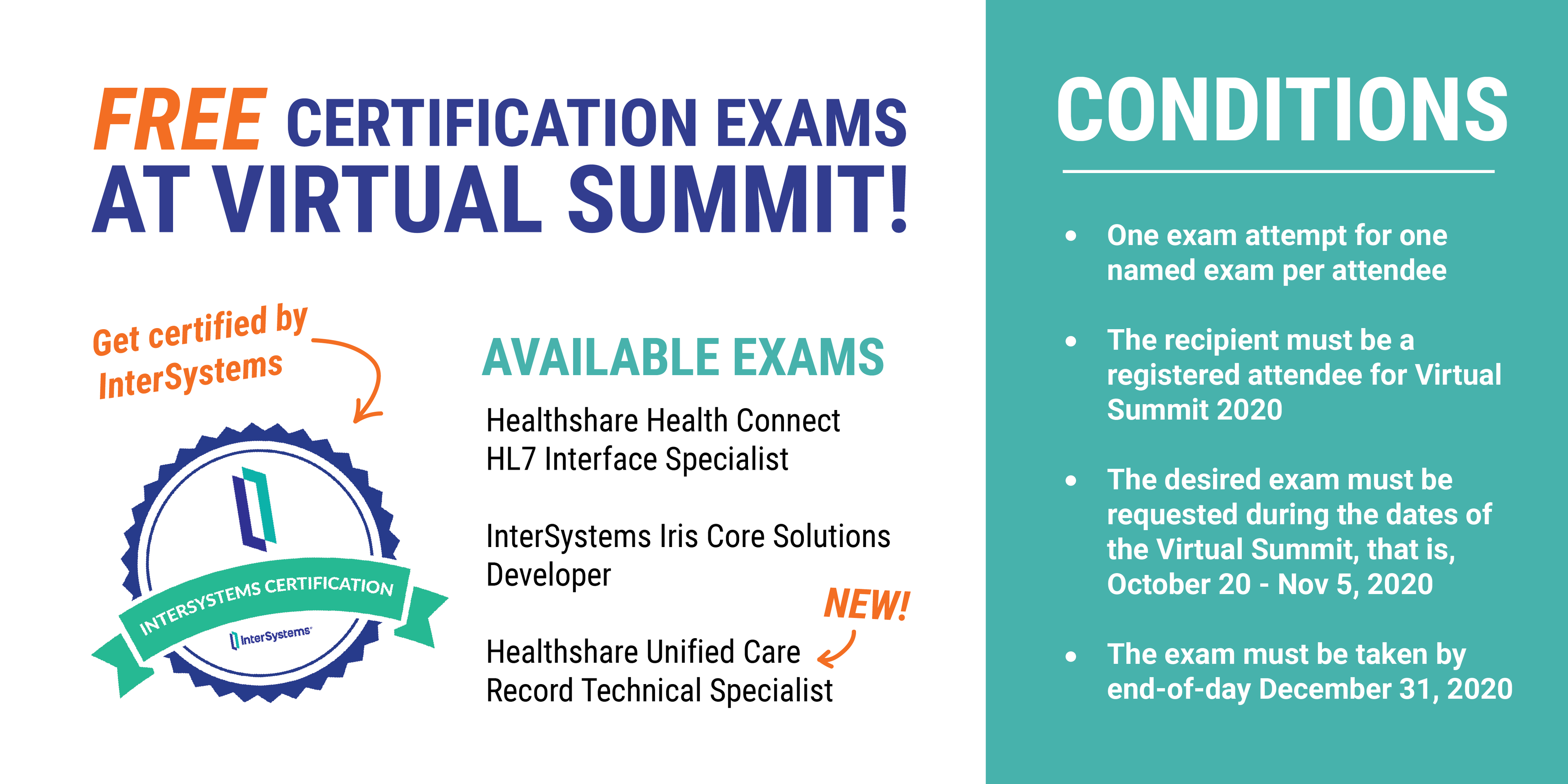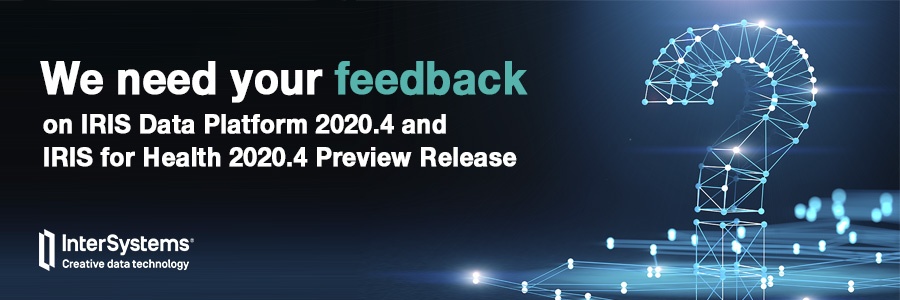I have created $zf commands to encrypt/decrypt a file using GNUpg which is working fine in Terminal but not populating output file when I call this from BPL process. Any help would be appreciated!!
InterSystems Developer Community is a community of
24,484 amazing developers
We're a place where InterSystems IRIS programmers learn and share, stay up-to-date, grow together and have fun!


.png)



.png)